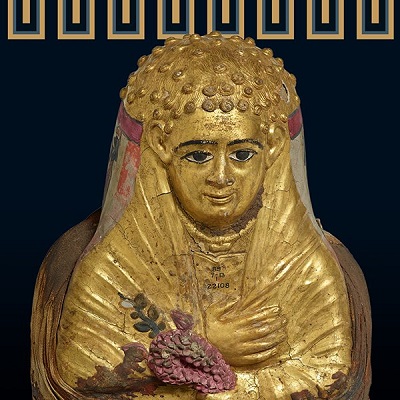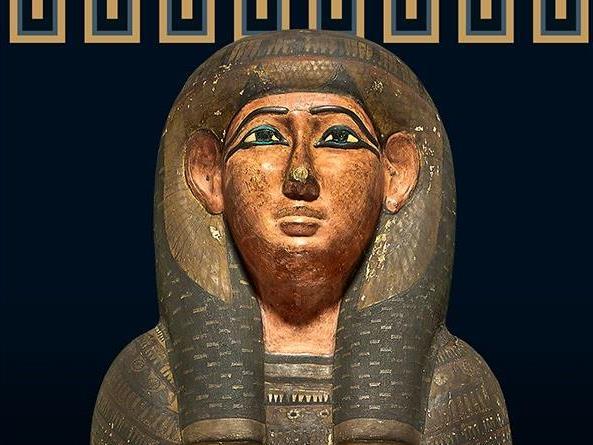Nestawedjat (pictured). Female, age at death: Middle adult (35–49 years) estimated height: 153 cm date: Third Intermediate Period, 25th Dynasty, about 700–680 BC. Photograph courtesy of Museum of Applied Arts & Sciences, Powerhouse Museum.
The world has been fascinated with all things Egyptian since Howard Carter’s remarkable discovery of Tutankhamun’s tomb in November 1922.
Whilst King Tut hasn’t made the trip to Australia, there are six mummies of people who lived and died in Ancient Egypt between 1800 to 3000 years ago.
The mummies are displayed amidst a considered collection of Egyptian artefacts, giving a good sense of life in those distant times. The display explores their historical, geographical and social contexts through the two hundred artefacts. It includes themes such as mummification, the gods, personal possessions and dress, health and medicine, food and diet, music, and childhood.
Through the use of the latest medical and scientific technology, researchers were able to see through the mummification process and the layers of wrappings to the human remains. This gives a special insight into the lives of the mummies, not just as representatives of their people but as real, living individuals. It has been the British Museum’s policy since the 1790s to preserve the mummies and not remove the wrappings, so this technology really has provided a breakthrough in knowledge and understanding.

A young child from the Roman Period (pictured). Male, age at death: young child (approximately 2 years) estimated height: position of body does not allow measurement, date: Roman Period, about AD 40–60. Photograph courtesy of Museum of Applied Arts & Sciences, Powerhouse Museum.
The exhibition is thoughtfully displayed and avoids the annoying gimmickry so often seen in modern museums. There is also a program of activities for young visitors to the Museum and a giant sand pit where they can try their luck as an archaeologist. And there is an appealing range of Egyptian souvenirs in the gift shop, including cute ‘I love my Mummy’ badges and yellow rubber duckies who grew up to become a Sphinx.
This is the exhibition’s first stop on its international tour and marks two years’ of collaboration between the Powerhouse and the British Museum which is still home to the world’s biggest Egyptology collection (outside of Egypt). It is a fascinating display and well worth the ticket price, but be warned, you may be tempted to book a trip to the Land of the Nile!
Rating: 4 1/2 stars out of 5
Egyptian Mummies: Exploring Ancient Lives
Powerhouse Museum, Sydney
EXHIBITION DETAILS:
Egyptian Mummies: Exploring Ancient Lives
Powerhouse Museum, 500 Harris Street, Ultimo
10 December 2016 – 25 April 2017
Adults $27, Children $16, Family Pass $65





